Seeking Scalable Solutions to Promote Nutrient-Rich Food: Insights from young innovators in Ashoka Changemakers’ Nutrients for All idea exchange
The terms “organic” and “nutrient-rich” often conjure up images of DIY groups, farmers’ markets and locally grown cucumbers. But in order to have widespread, affordable access to nutrient-rich food, we need to tap into the economies of scale associated with the food industry.
How can we work with the strengths and weaknesses of the food industry – along with advances in science and technology – to create better systems that will ensure access to nutrient-rich food for all?
To delve deeper into the kinds of scalable solutions that exist, Ashoka Changemakers and Thought for Food hosted an idea exchange between a handful of young innovators from the Nutrients for All competition and the TFF Challenge.
We’ve distilled those exchanges into a few brief profiles of their projects, the ideas they discussed in our exchange, and the questions that remain unanswered.
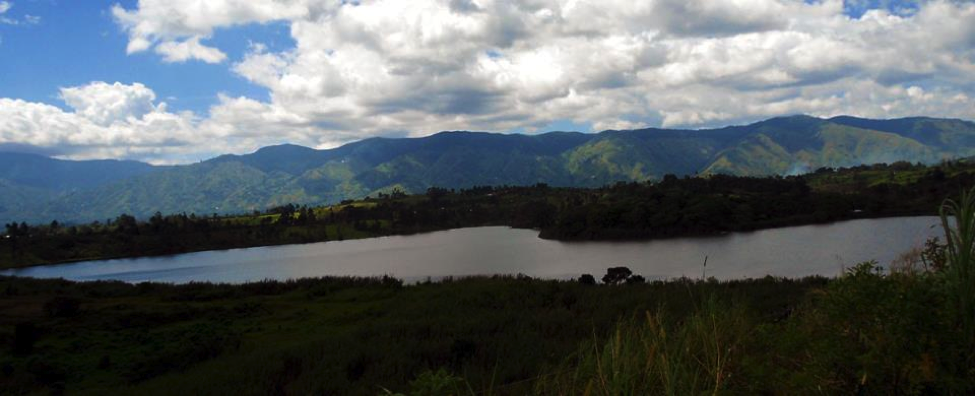
Kasiisi Food Farm Future’s Bonnie Lei
We’re aiming to utilize agriculture as a lever to create change in education, financial literacy, social interactions and health at the primary school level in Uganda. We are working on an agricultural extracurricular initiative to promote the sustainable growth of nutritious crops, as well as empower the students to run their own social enterprises creating and selling a nutritious, value-added product from these crops.
(Right: Rwenzori Mountains, Uganda)
I was fascinated by our talks on how to create the biggest impact in increasing nutrition, and thinking about how dissemination of education and information through various media channels can be particularly influential and effective. I would be particularly interested in seeing how media efforts can be applied to nutrition educational initiatives in developing countries.
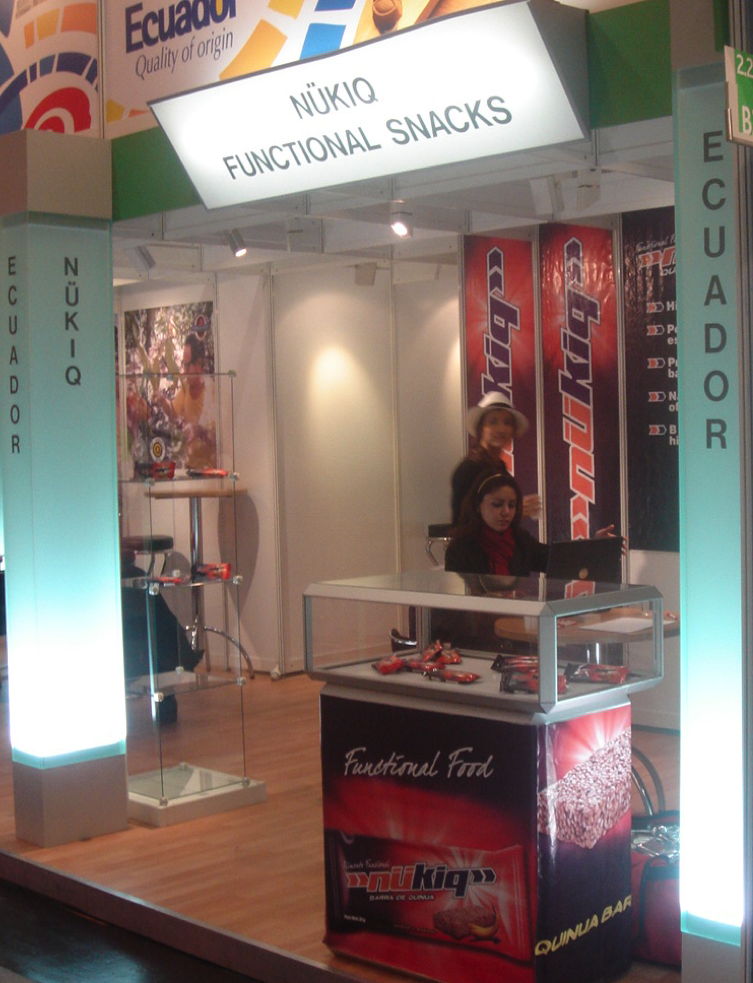
Dos Margaritas Functional Food’s Juan Almeida
We have developed a quinoa bar – an all-natural and highly nutritional snack. It is designed to give all the nutrition that poor children from developing countries need, with 90 percent of required micronutrients (without adding fortified supplements).
We are also developing a sales & marketing strategy to enter into the natural retail channel in the U.S. with our quinoa bar that’s designed to give quinoa lovers and the gluten-free market a product to enjoy and benefit from. The main challenge is to find funding to develop our project, and we are working on it.
We are really excited to realize that we could have potential synergies with almost all the other [idea exchange participants’] projects. New innovations or new venture projects are the only way to fix our food system, unless there are ways to collaborate with or have solutions from the “big established companies.”
(Right: a snack trade fair that Dos Margaritas attended in Cologne, Germany)
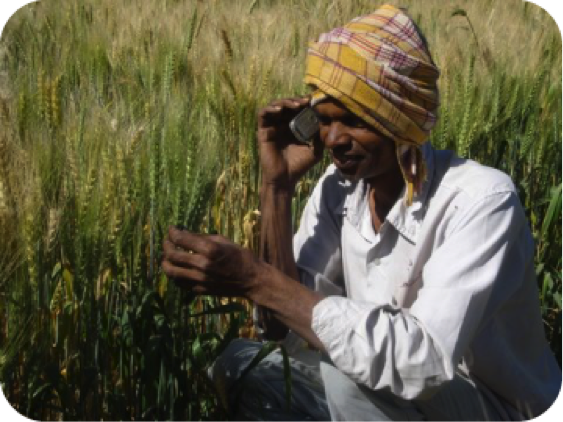
Avaaj Otalo’s HK Seo
Avaaj Otalo (“Voice Stoop”) uses a low-cost, voice-based social networking platform to connect professional agronomists, farmers and local NGOs to promote healthier small farm management practices and more efficient market linkages. Over the past two years we’ve worked with 1,200 farmers in Gujarat, India, reducing harmful pesticide usage, increasing healthier fertilizer usage and realizing overall productivity increases (of about 8 percent), and receiving interest from places as far away as Tanzania and Mongolia. Our current challenge is to provide funding for our next stage, which is to demonstrate impact across a different locale: with 8,000 farmers speaking a different language in a neighboring state, Madhya Pradesh.
(Right: a farmer uses Avaaj Otalo)
It was inspiring to hear passionate and innovative ideas from across the world on the nutritional challenges that our generation faces today. It was insightful that the participants came to draw the big picture in two parts: 1. enhancing local production, in developed and developing countries alike, to reduce food waste and increase local nutritional diversity/capacity; and 2. innovating upon marketing schemes that influence the nutritional priorities of consumers.
More disadvantaged people, in developed and developing countries alike, suffer from worse nutrition because of lack of education and vulnerability to marketing. Small rural farmers suffer from informational disadvantages compared to input sellers and retailers operating in more centralized markets. How can we better address inequality of resources across social strata and market segments?
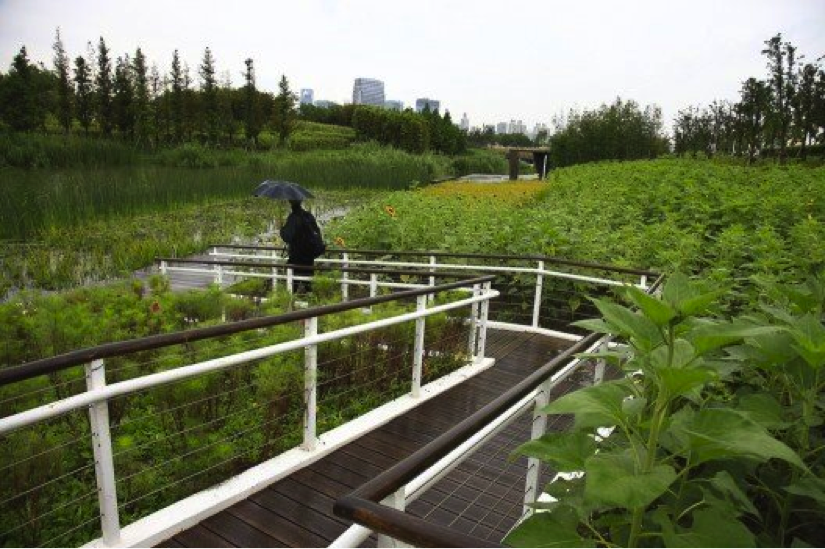 Team Giving Tree’s Erin Ponsonby
Team Giving Tree’s Erin Ponsonby
(Author’s Note: Empowering communities through knowledge of the food system should be a global mandate, given the amount of food waste at all points of the food production chain. Team Giving Tree’s Erin Ponsonby is promoting this awareness through her work on an EcoPark in Dallas, Texas, which features demonstration gardens, info-graphic boards and space for farmers’ markets. She hopes the model could be implemented beyond Dallas – and outside the United States.)
(Right: Houtan Park, a regenerative living landscape on Shanghai’s Huangpu riverfront.)
Ponsonby: I was particularly intrigued by the discussion of marketing and the food industry. This is the first time I’ve had this type of discussion which addressed the problem from the perspective of the food industry and what THEY can do to create demand from consumers for healthier products. More often the discussion centers around what can WE do as consumers. I think there is HUGE opportunity here.
The question that I would like to pursue further is: what incentive does the food industry have to create this type of demand, and if there isn’t an incentive, how do we create it? I’m also really curious about the idea of leveraging economies of scale. What are some more specific ways we might do that? Additionally, what sort of systems could we create (or utilize) that would allow people with similar ideas to connect and collaborate more easily?
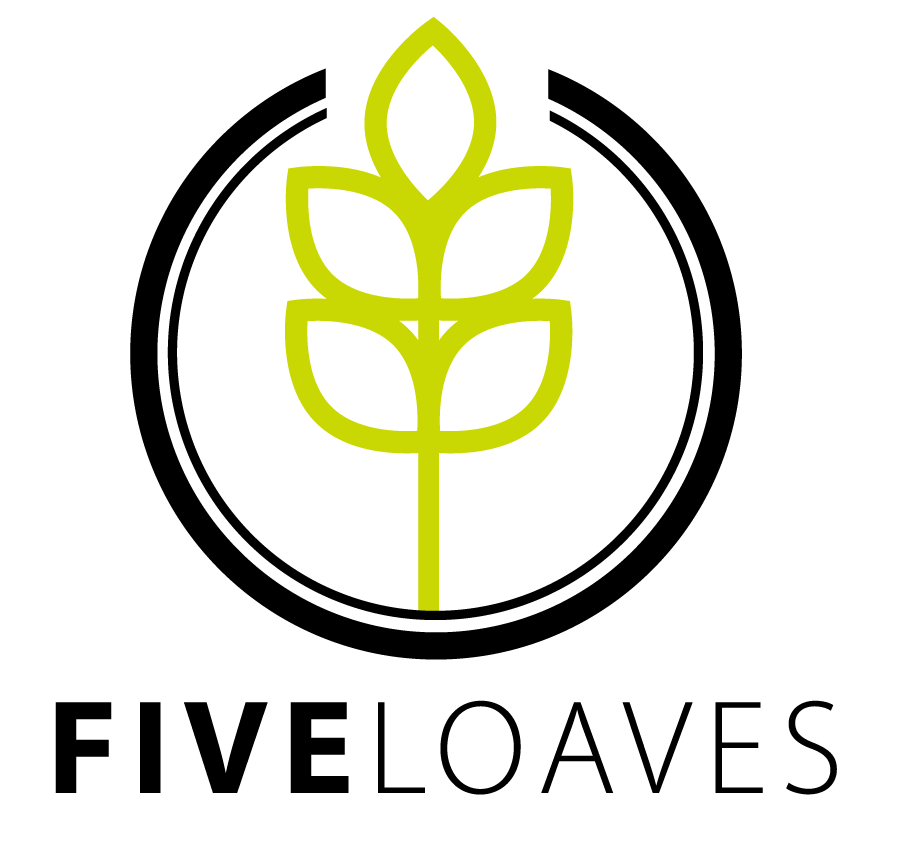
Five Loaves’ Justin Van Wart
We are partnering with restaurants to identify nutritious food on their menus, and encourage consumers to purchase this food by guaranteeing that a portion of the profits from the sale of this food will be donated by the restaurant to an organization making large impacts in a food-insecure community in the developing world. The greatest challenge so far is finding a way to meet our partnering restaurants expectations without compromising our initial vision.
It was great to hear how important marketing can be in changing consumer behavior. Rather than waiting for a change, advertising could begin the change today! But what gets in the way of viable solutions (such as marketing) being implemented now?
Editor’s Note: To watch the full conversation and other video discussions, visit the Changemakers YouTube Channel or watch the video below.
Do you want to learn more? Check out the Ashoka’s Nutrients for All Initiative. Keep the conversation going on Twitter with #nutrients4all, and join the community on our Facebook page.
Marzena Zukowska currently works as a Media Manager and Strategist at Ashoka Changemakers, bringing in her interest for all things digital and tech.
- Categories
- Agriculture, Health Care
